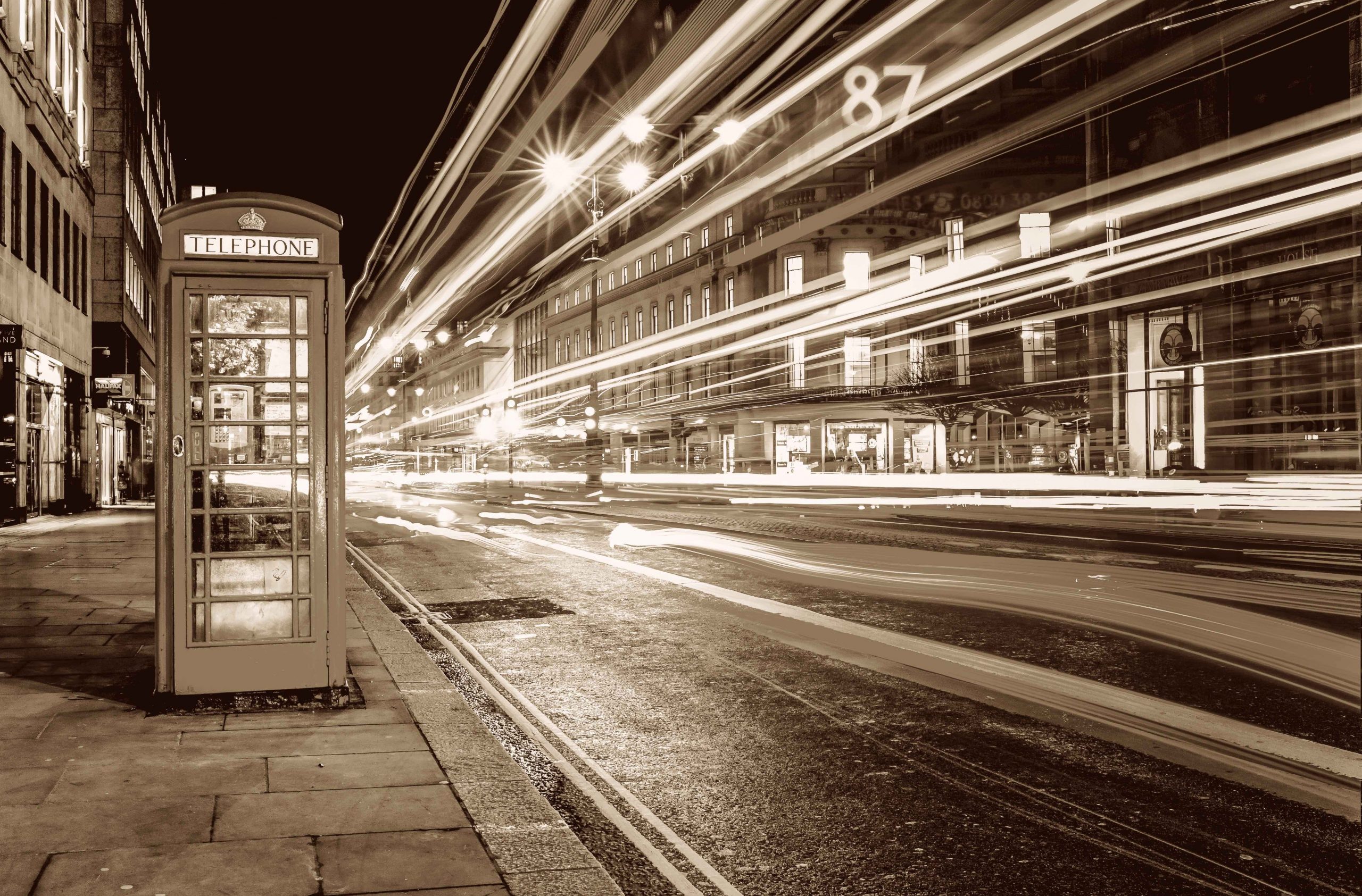Prime central London property has long been seen as an asset class in its own right, rather than simply a costlier version of UK real estate in general. It responds to a separate set of economic and financial developments, services a distinct client base, and exhibits a range of unique characteristics.
Until recently, one such characteristic was the expectation of a brisk annual advance in property values, averaging just under 6%. Prices have drifted off recently, with Knight Frank, for example, reporting a 3.6% fall in October compared with the same month a year earlier.
Meanwhile, the Nationwide House Price Index had London in general as the worst-performing region in the year to the end of September, registering a 0.6% price decline against a 2.3% increase in prices across the country.
Transactions in prime London property are dominated by deals in the £2 million or lower bracket – there was a notable falling off in transactions with a £2 million to £5 million price tag and one of £5 million plus.
Savills is warning of two more years of subdued growth in prime central London activity. By some estimates, prices in this sector have fallen by 10-15% since 2014.
So should smart investors shun prime London property and find a more rewarding home for their money? I would say not. There are reasons to expect the present stagnations will prove temporary and for this asset class to stage a recovery, as it has done in the past.
First, let’s look at the reasons for the present becalmed state of the prime London market.
A key headwind has been the change to stamp duty unveiled by the then Chancellor George Osborne in December 2014. He wanted to increase the stamp duty bills for those buying the most expensive properties, and he succeeded. Whilst this has not killed off demand for prime London property, it has made investors more cautious, which one would expect because the tax changes mean they have to wait for two or maybe three years before realising a return.
Then there is political uncertainty in general, following the inconclusive outcome of the general election in June, and the specific uncertainties relating to the process of British withdrawal from the European Union, the Brexit process. Prime London property is especially sensitive to potential sharp shifts in the political landscape and, given the long-standing involvement of overseas investors, it is sensitive also to possible changes in the legal status of such investors.
Overseas buyers – including but not exclusively those from Europe – are of critical importance to the prime London market. High net worth individuals from across the globe provide the lion’s share of demand. Brexit has caused some of them to pause for thought, as has the hostile talk in political circles about a wealth tax, a ‘mansion tax’ and a special levy on those who, allegedly, ‘buy to leave’.
Even without these fiscal and political headwinds, the general state of the British economy is considerably weaker than investors would prefer. Employment is strong, but productivity growth is dire and, in his recent Budget, Mr Osborne’s successor Philip Hammond said UK annual growth was forecast at below 2% for every year between now and 2022.
To put that in context, Britain’s ‘trend’ rate of growth before the financial crisis was about 2.5%.
In the current climate, more properties are being kept off the market, meaning fewer comparable residences for those trying to value one of the properties that are for sale. As a result, a mood of caution prevails and valuations tend to be lower.
All that aside, there are good reasons to be cheerful about prime London property as an asset class. Take that 3.6% price decline in the year to October calculated by Knight Frank and mentioned above. It was the most modest rate of decline seen in 12 months, and Knight Frank is forecasting an uplift in activity, with deals and viewings rising year-on-year.
Strutt & Parker notes that, despite the stamp duty changes, sterling weakness has attracted overseas buyers ‘and assisted higher-value market-sector activity to a degree’.
It has good news also for investors buying prime value properties to let them out. The take-up of new rental tenancies in this sector rose by 8.3% in the third quarter of 2017 against the same period last year, and rents rose from an average of £1,555 per calendar month in September 2016 to £1,593 in September this year.
In the two boroughs of Hammersmith and Fulham and Kensington and Chelsea, Strutt & Parker notes that it has been reported that rents per calendar month have shown an annual increase of 2.9% to £1,876.
As for prices, ‘from 2019 onwards… we would expect some bounce back’.
Savills is in broad agreement, predicting two more years of subdued growth, then a recovery.
This is, after all, the pattern we have seen in the past after the steep price falls on 1973-1974 and 1989-1990. However that does not mean a recovery is inevitable.
What could go wrong? The Brexit process is unique. There is obvious scope for the sort of negative developments that could threaten the value of prime London property.
Then there are the previously-mentioned domestic political threats further to tax and regulate investment in this asset class. Politicians may be attracted to the idea of raising more money from property owners, many of whom will not even have a vote here and who are portrayed in an unflattering light as wealthy foreigners undeserving of sympathy. However, be in no doubt, this would be a colossal mistake, effectively punishing people for daring to invest in the UK economy.
What sort of message would this send at a time when Britain ought to be rolling out the welcome mat for investors?
I remain optimistic about the medium-term prospects for prime London property. However this unique national asset should be handled with great care; like a Ming vase rather than a political football.








